
EN Free Trial





Application of Mingda Distributed IO&Protocol Converter in Additive Manufacturing Industry
Additive manufacturing, also known as 3D printing, is an emerging manufacturing technology that uses digital models as a basis to create physical objects by stacking materials layer by layer.
Additive manufacturing technology is based on the idea of discretization and stacking, where materials are stacked layer by layer according to the data of the 3D model of the part, ultimately forming a solid part. Compared to traditional cutting "subtractive" processing techniques, the biggest advantage of this technology is to break free from the constraints of traditional cutting tools, reduce processes, save materials, and greatly shorten the production and manufacturing cycle of products, especially suitable for small batch product manufacturing.
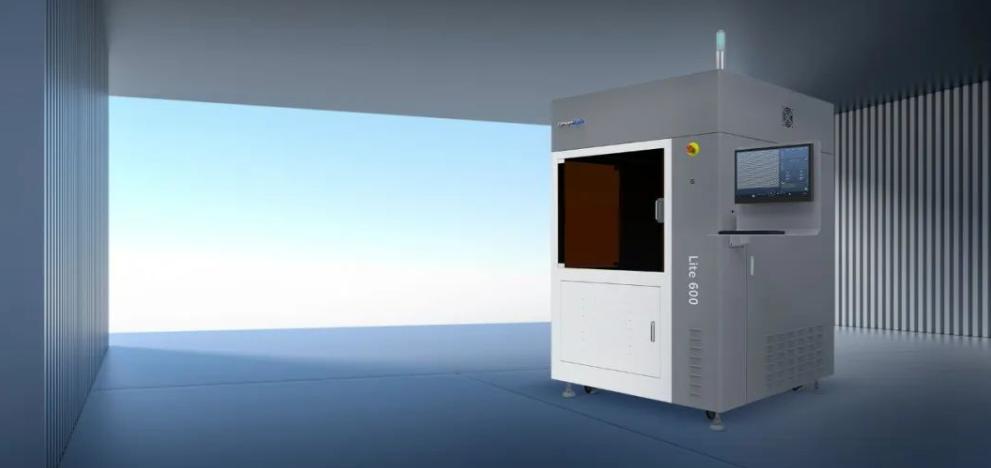
The structure of the 3D printer produced by a certain additive manufacturing enterprise mainly includes: mechanical system, feeding system, and software system. The main processes include establishing data models, slicing, printing, and post-processing.
The remote IO module currently used by the enterprise is a standard model, and hot swappable only supports one module, which is relatively expensive.
There are many customer models, and there are two types of Modbus RTU communication instruments. Different models have different communication parameters and use different interfaces, so multiple products need to be purchased.
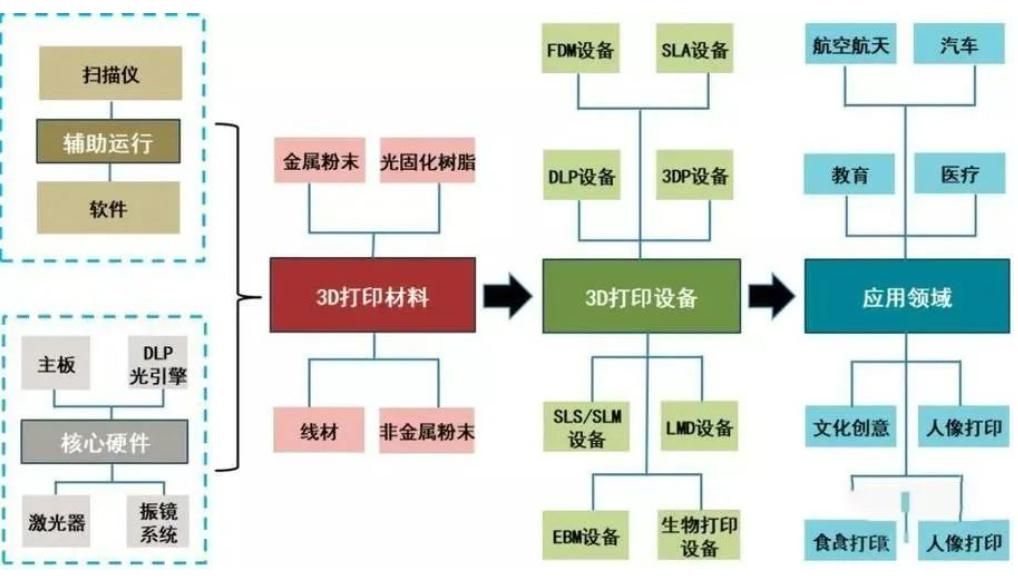
After years of practice and accumulation, China's industrial automation has made great progress in technology, industry, and application. Especially in recent years, with the continuous increase of R&D investment by domestic enterprises and the introduction of policies encouraging advanced manufacturing by the country, the development of China's industrial automation industry has made significant progress, and the process of domestic substitution has accelerated. Through the dedicated research of Mingda Technology's research team, MR30 distributed IO and protocol converters have gradually emerged in the 3D printing industry.
To meet the development needs of the additive manufacturing industry and ensure safe and reliable data collection, Mingda Technology has launched the MR30 distributed IO module, which is simple to use, compact in design, and has excellent performance, suitable for various occasions.
This project adopts one S7-1510SP CPU from Siemens, four V90 servo Siemens, one set of MR30 remote distributed IO, and one MG-PNS-MR protocol converter. MR30 distributed IO is used to collect signals from on-site pressure sensors and control devices such as solenoid valves, buttons, and indicator lights. The protocol converter is used to communicate with oxygen sensors and collect signals.
After small-scale verification in the early stage, the stability of Mingda Technology's products has been fully validated and recognized by customers. Currently, they have been replaced on a large scale.
The original plan was replaced with Mingda Technology MR30, which can be freely hot plugged and unplugged, greatly improving the efficiency of debugging and post maintenance, and greatly enhancing the user experience. Moreover, the price of MR30 is only about half of the original plan.
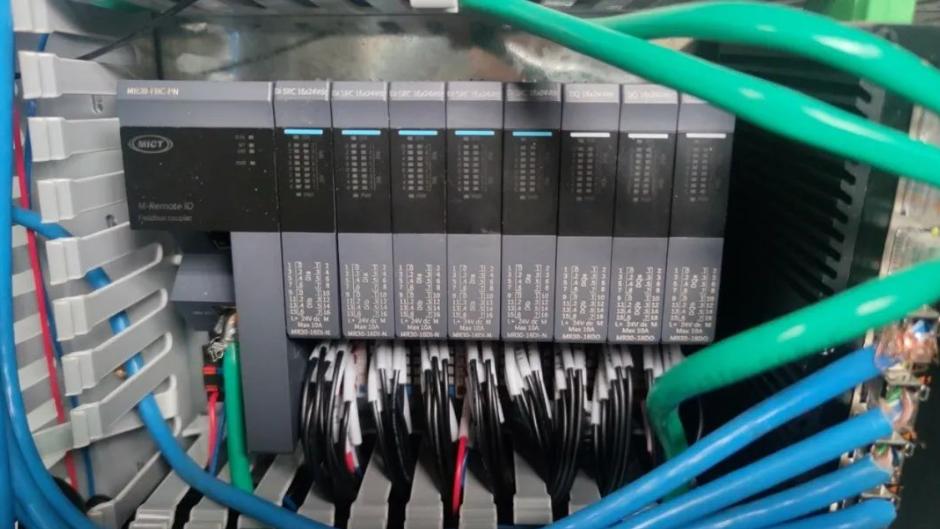
The new solution adopts MG protocol converter, which has 3 485 interfaces to meet the flexibility needs of customers. MG protocol converter, no programming required, can quickly achieve parameter read and write functions by simply configuring according to requirements, thus saving a lot of programming and debugging work and greatly improving work efficiency; For newly recruited engineers, this product greatly reduces the technical threshold and reduces dependence on personnel.
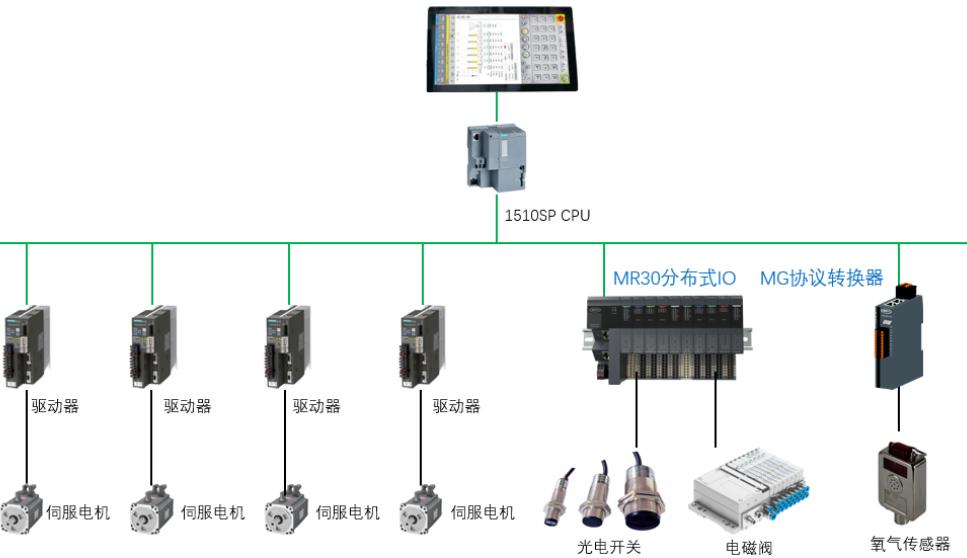
Mingda Technology MR30 Distributed IO
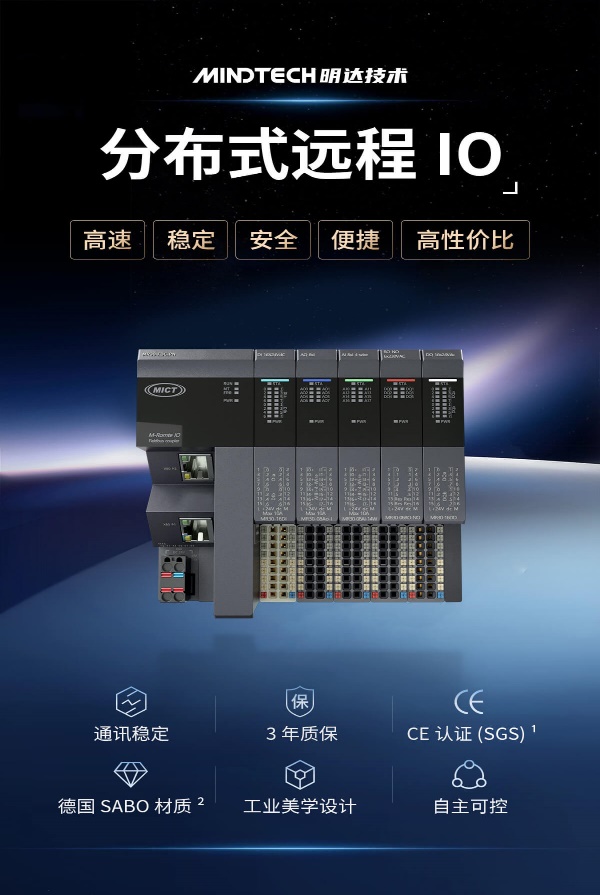
Excellent performance
MR30 distributed IO communication is stable, using German SABO material, certified by SGS authority, supports free hot plugging, can freely combine I/O according to needs, supports up to 31 I/O mounting, and adopts LVDS high-speed backplane bus communication, greatly improving on-site response speed and meeting complex application requirements.
As a high-speed, stable, safe, and cost-effective distributed IO, MR30 is particularly suitable for devices with distributed I/O requirements and limited electrical cabinet space, such as logistics sorting systems, warehouses, automotive parts, and non-standard equipment.
Related products